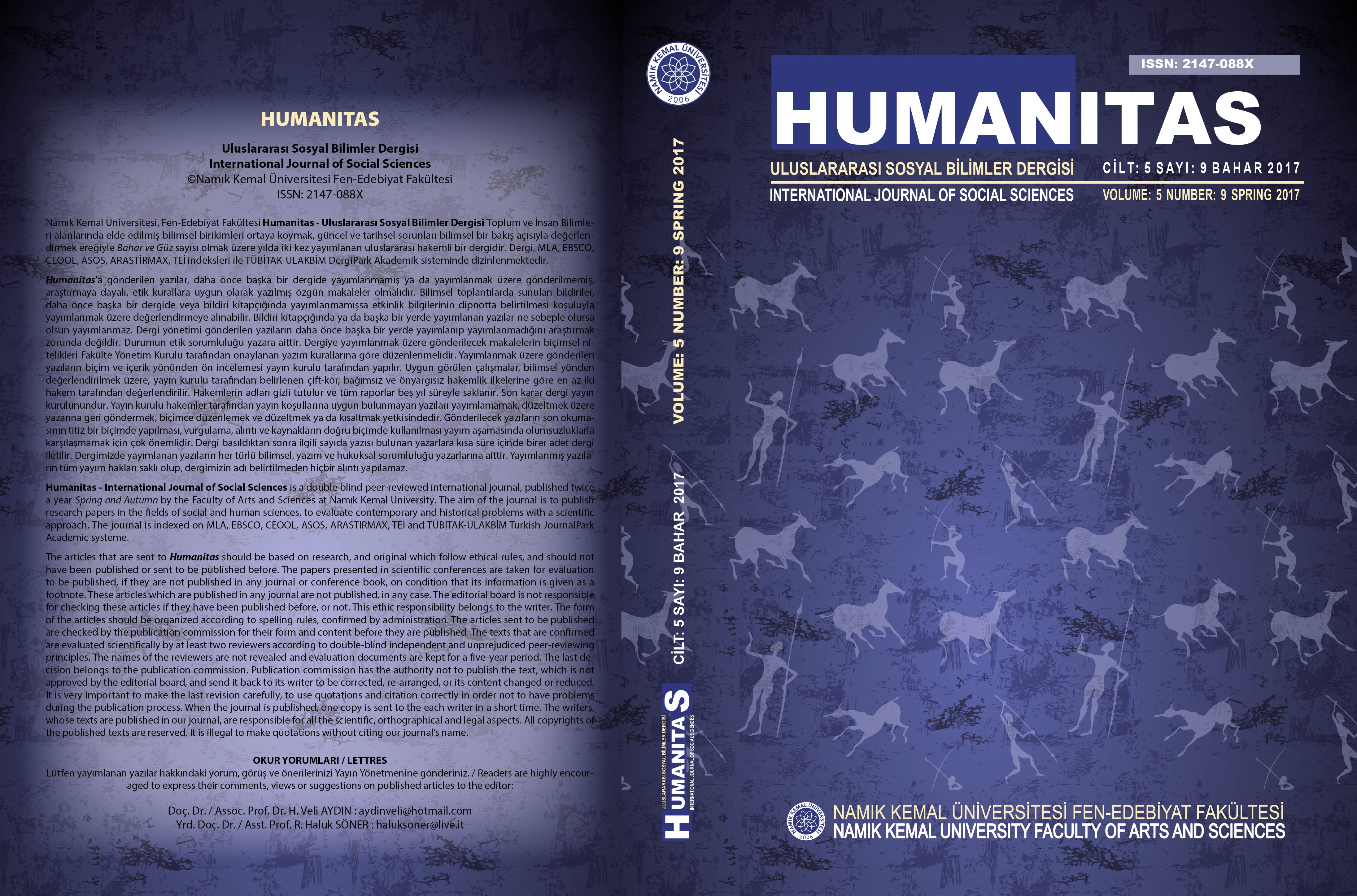OTTO DİX’İN “SAVAŞ” ADLI POLİPTİĞİ İLE MEHMET RUHİ AREL’İN “ÇANAKKALE SAVAŞI” ADLI TRİPTİĞİNİN KARŞILAŞTIRILMASI VE ANALİZLERİ
A COMPARATIVE ANALYSIS OF OTTO DIX’S POLYPTYCH PAINTING “WAR” AND MEHMET RUHI AREL’S TRIPTYCH “THE BATTLE OF ÇANAKKALE”
Author(s): Özbay DalilaSubject(s): Cultural history, Visual Arts, Military history, Pre-WW I & WW I (1900 -1919)
Published by: Namık Kemal Üniversitesi Fen-Edebiyat Fakültesi
Keywords: Otto Dix; Mehmet Ruhi Arel; Polyptych; Triptych; Composition; Fiction;
Summary/Abstract: The great historical events have been influencing social, economic and cultural characteristics of human communities for centuries. These events changing the life styles of people have also affected and formed the progression of art. Therefore, the works of art that represent the social, economic and cultural characteristics of society reflect the traces of the historical events as well. The First World War, which affected the whole Europe like other important historical events, was adopted as a theme in war paintings in many countries. The artists handled the theme of war in various approaches considering the social and cultural differences. The German artist Otto Dix, who experienced the First World War, exhibited this theme in many of his paintings. The two works that are analysed in this study are Otto Dix’s polyptych painting called “War” and an Ottoman artist Mehmet RuhiArel’s triptych “The Battle of Çanakkale”. The differences will be exposed after both works are compared and analysed structurally and contextually. The aim of this study is to reveal how different cultures and artists embody the traumas of war in different contextual and structural perspectives.
Journal: Humanitas - Uluslararası Sosyal Bilimler Dergisi
- Issue Year: 5/2017
- Issue No: 09
- Page Range: 107-119
- Page Count: 13
- Language: Turkish

